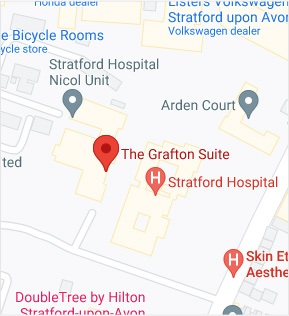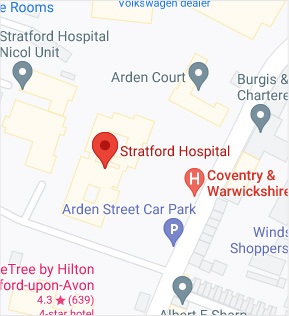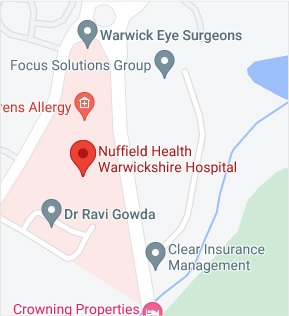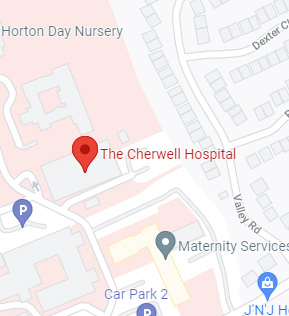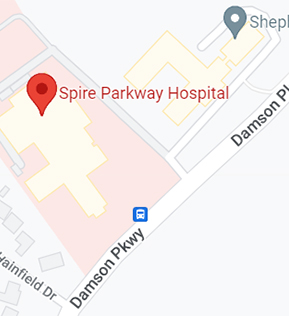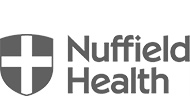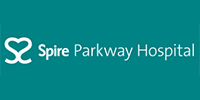What is Ulnar Nerve Compression in Guyon’s Canal?
Ulnar nerve compression in Guyon’s canal is a condition characterised by pain, numbness, weakness, and tingling sensation in the hand. The condition occurs when the ulnar nerve, the nerve that travels across the elbow from the shoulder to the hand, is compressed as it goes from the wrist into the hand through a space known as Guyon’s canal. Ulnar nerve damage stops or slows down signals that are being sent across the nerve to the hand.
Causes of Ulnar Nerve Compression in Guyon’s Canal
Causes include:
- Ganglion Cyst
- Wrist fracture
- Tumours
- Repetitive pressure or trauma to the hand and wrist
- Participating in certain activities, such as weightlifting and cycling
- Jobs that require using vibrating tools such as construction work
Symptoms of Ulnar Nerve Compression in Guyon’s Canal
The common symptoms of ulnar nerve compression in Guyon’s Canal include:
- Numbness, tingling sensations in the little and ring fingers
- Difficulty doing complex daily tasks such as typing
- Difficulty holding things
- Hand Weakness
- Clawing of the 4th and 5th digits
Diagnosing Ulnar Nerve Compression in Guyon’s Canal
When you present to the clinic with symptoms of ulnar nerve compression in Guyon’s canal, your doctor will review your medical history and perform a thorough physical examination of your elbow, wrist, and hand. Your doctor may order imaging tests such as MRI, nerve conduction tests, X-rays, CT scans, and electromyography to make a definitive diagnosis.
Treatment of Ulnar Nerve Compression in Guyon’s Canal
Your doctor may initially recommend conservative treatment options to treat the symptoms. Conservative treatment options work faster, are safer and easier to use, but may not be effective as surgery. Conservative treatment options include:
- Medications to control and reduce pain such as over-the-counter, prescription pain relievers or anti-inflammatory drugs
- Using ergonomic tools
- Corticosteroid injections
- To help prevent further injury and relieve symptoms, your doctor may prescribe a supportive splint or wrist brace
- Physiotherapy, massage therapy, and occupational counselling may be suggested for maintaining muscle strength and to instruct you on changes you can make at work to relieve or prevent further pain.
If symptoms get worse, your doctor may recommend surgery. The goal of surgery is to reduce the pressure on your wrist by cutting a ligament or by removing the ganglion or cyst that is causing pressure on your wrist.
Your doctor will decide which option is best for you depending on your specific circumstances.


 REQUEST AN APPOINTMENT
REQUEST AN APPOINTMENT



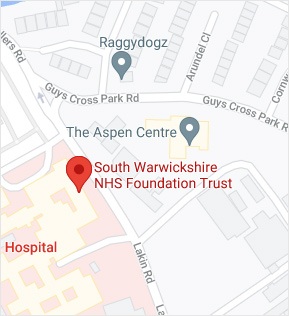
 Ext 4798
Ext 4798